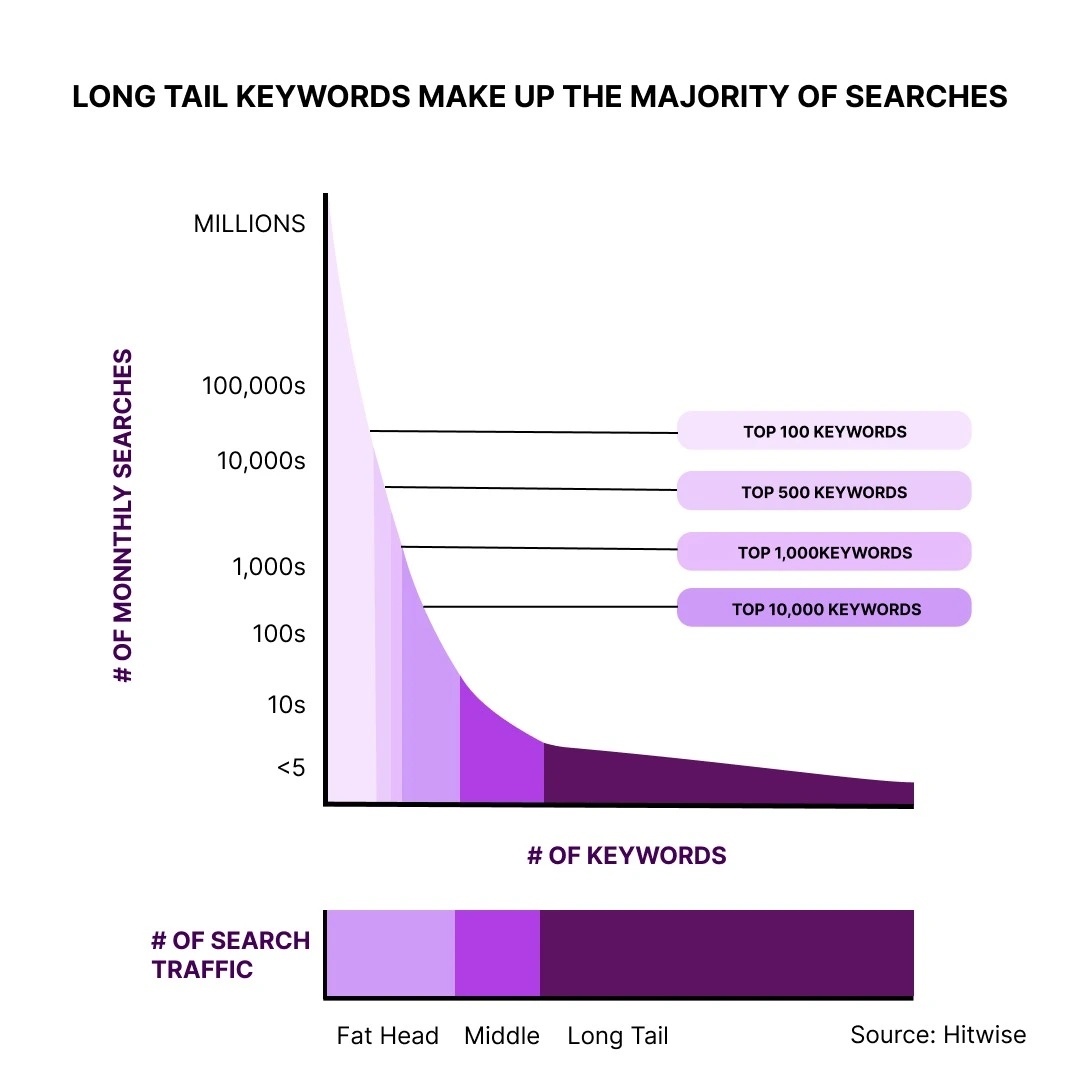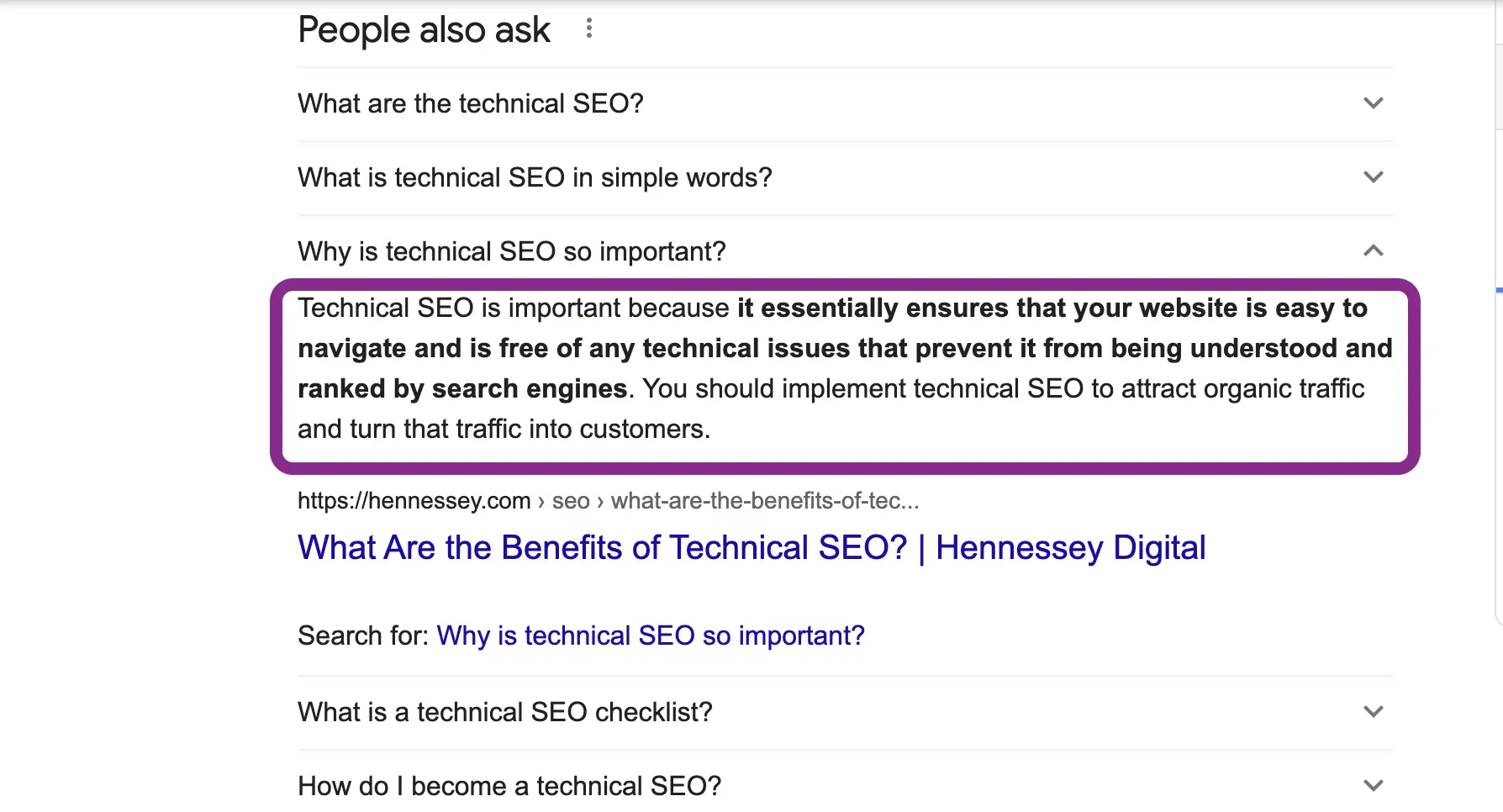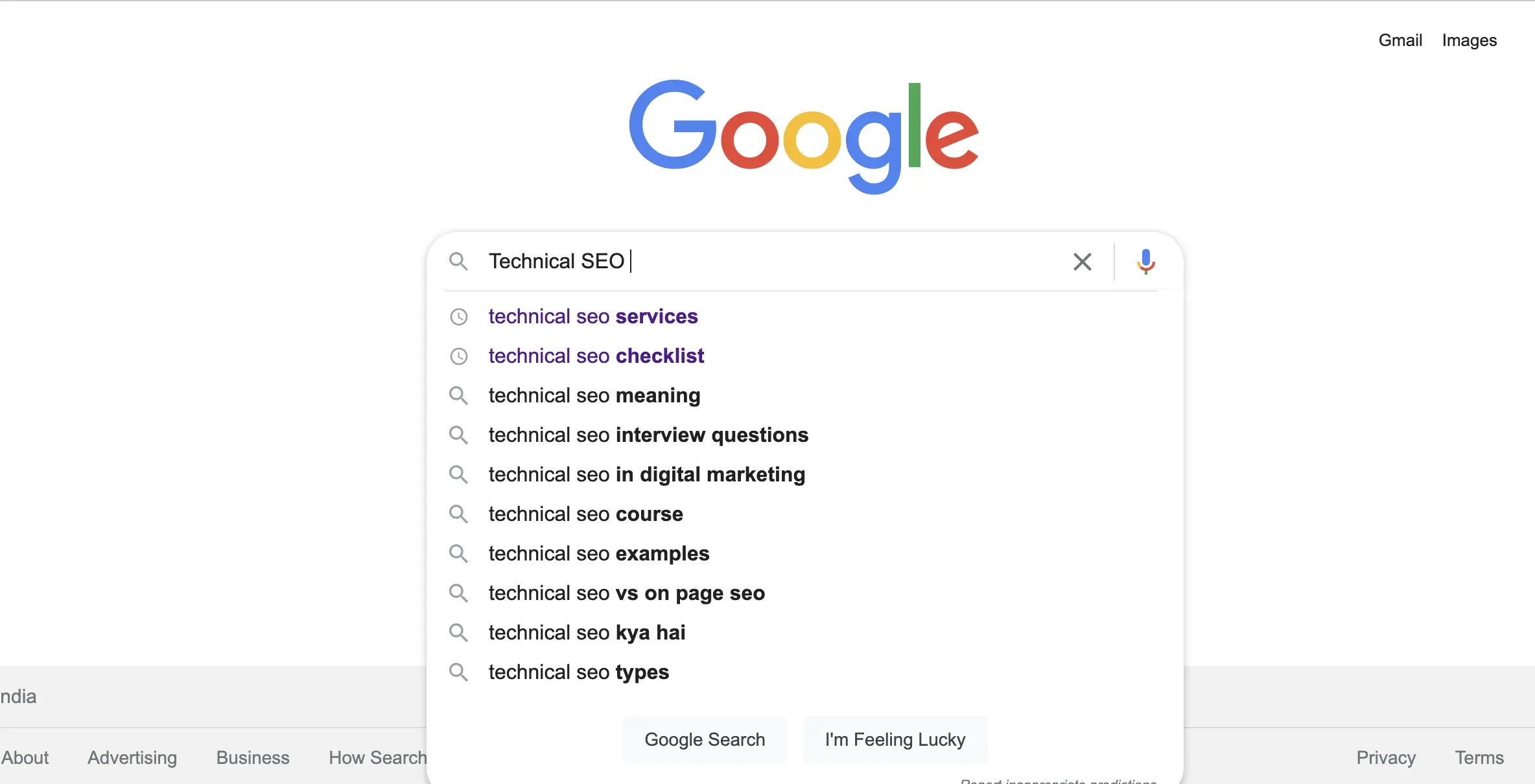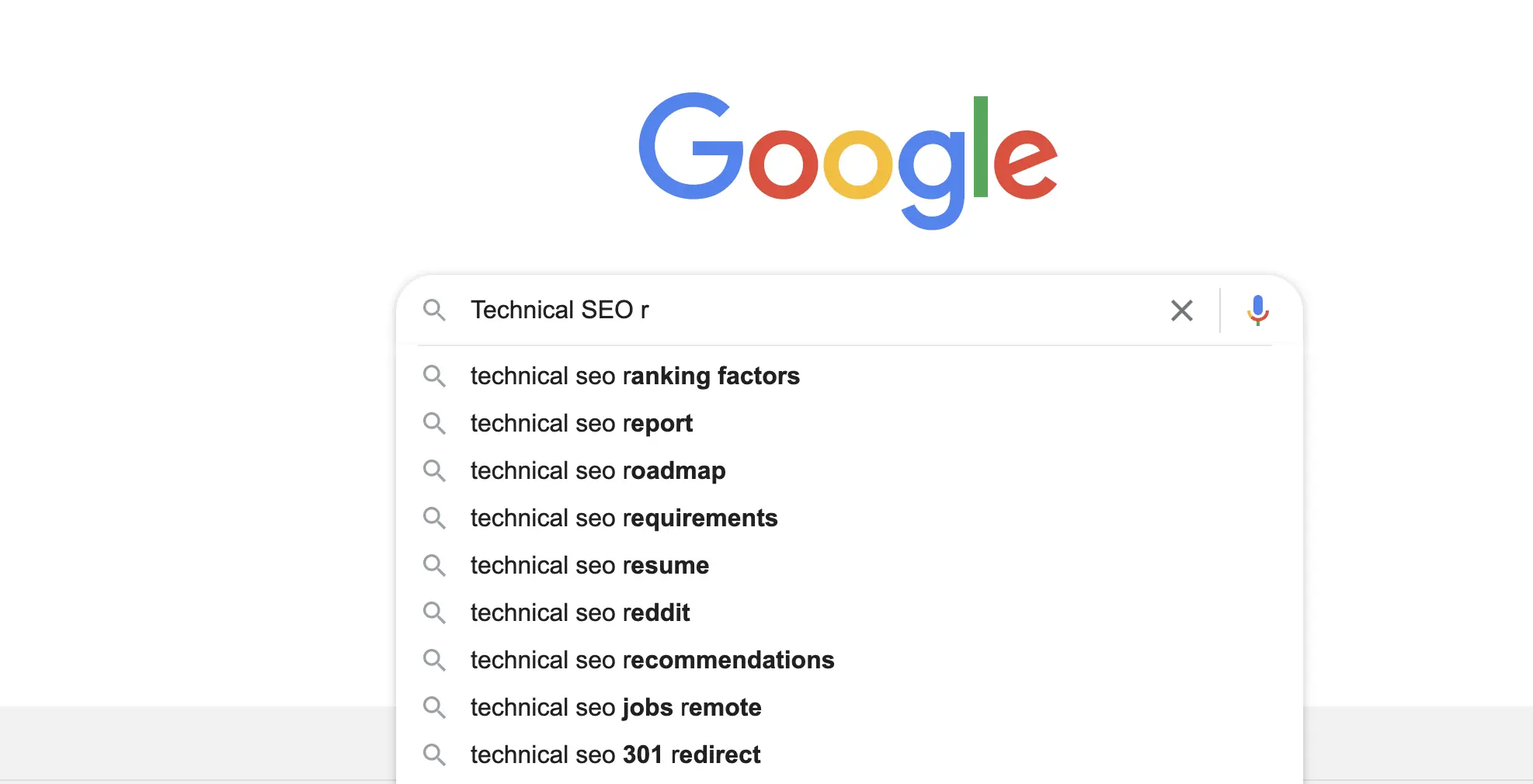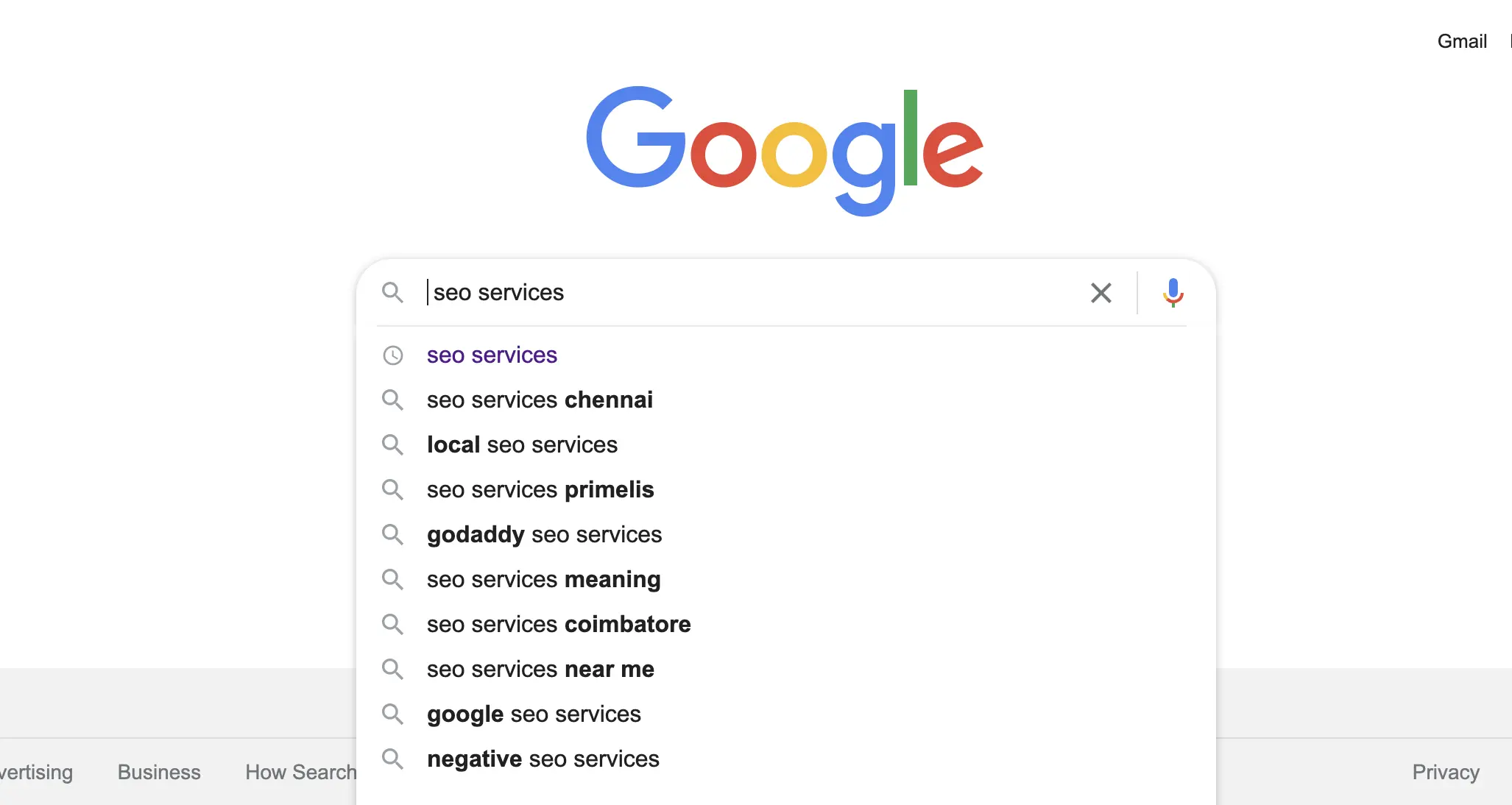Every search engine professional knows long tail keywords are important and easy to rank. But, how do you get low competition keywords that are the potential to convert by matching user intent?
While performing keyword research, we have seen two types of characteristics associated with long-tail keywords.
One reason is these keywords are very easy to rank. In another case, the long tail keywords are harder than specific phrases (fat head keywords and chunky middle keywords).
In this article, you will learn ways to research and discover long tail keywords that are low competitive and able to convert.
What Are Long Tail Keywords?
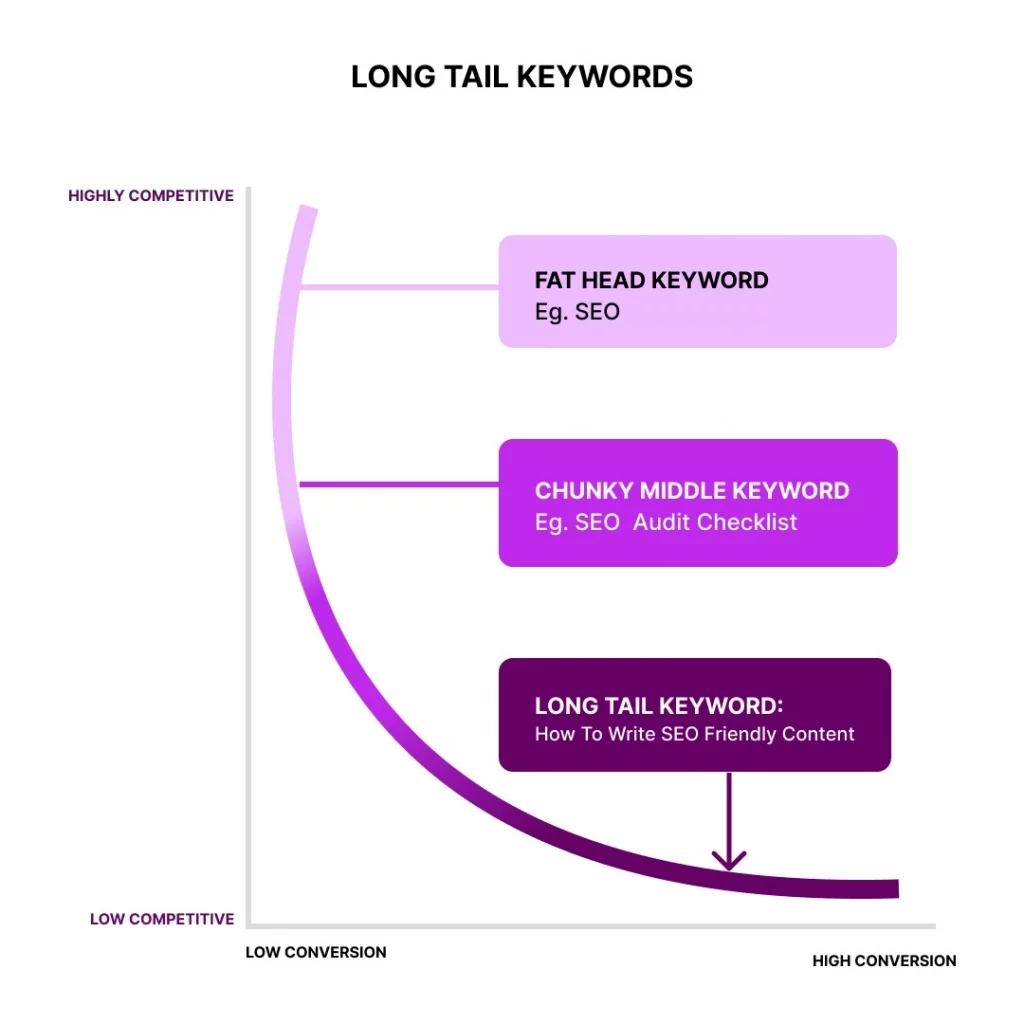
Search queries are generally known as keyphrases or keywords. When a search term has more than or equal to 4 phrases and low search volume, it is called a long-tail keyword.
Generally, keywords are classified into three types: Fat-head, chunky middle, and long tail.
As the number of phrases increases, the intent gets very specific. Also, the keyword or search difficulty and search volume come down.
The myth in the SEO industry is that long-tail keywords are easy to rank. But, it’s not true. The fact is, long-tailed keywords have high intent and let us know what the end user needs specifically.
You might hear voice search is the future of SEO. Users only use phrases that would be specific to get the exact answer. For example, “when does KFC open?”
These long-tail key phrases have a very low search volume. The number of searches per month is usually less than 100. These cover almost 70% of the total keywords searched on the internet across the globe.
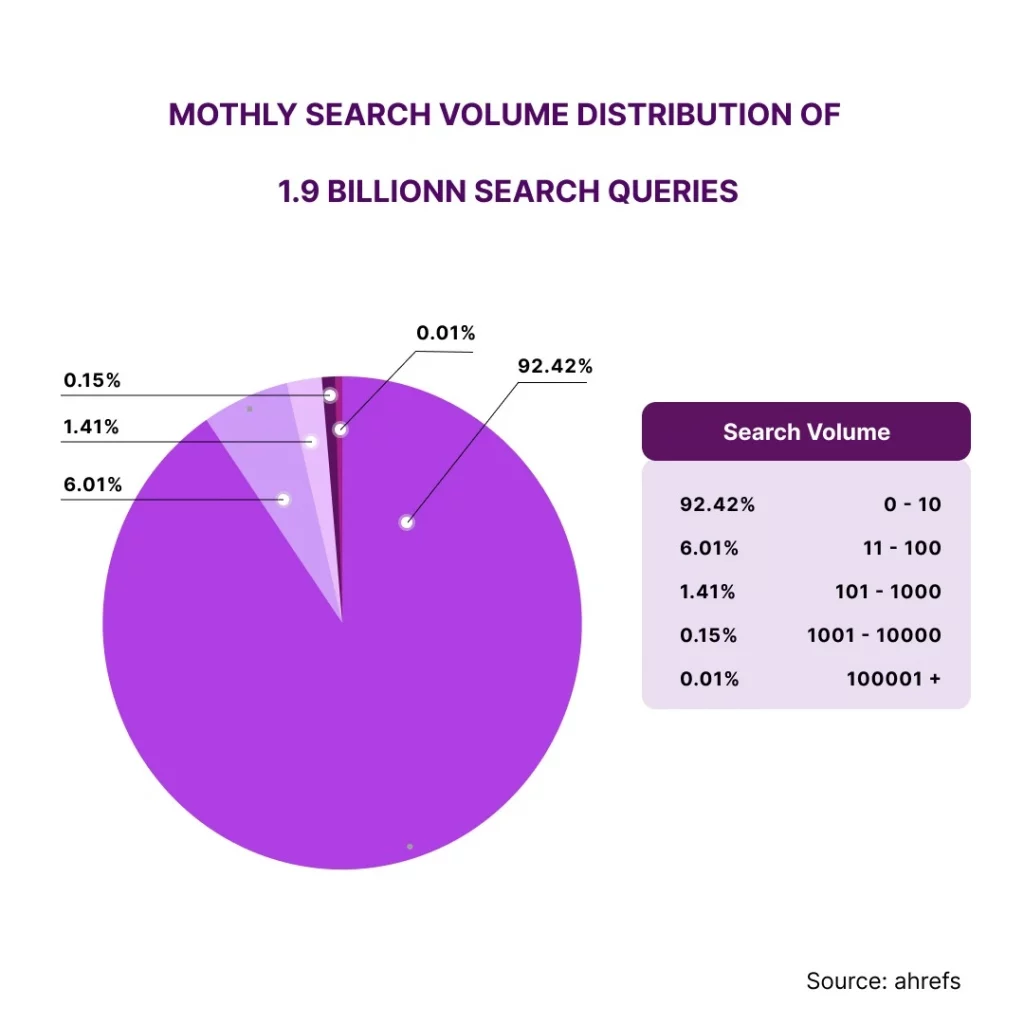
Ahrefs says 92.42% of keywords have only 0-10 search volumes in a month. 6% of keywords have 11-100 search volumes in a month.
Since 70% of the keywords are long tails, many assume that long tails don’t have a more than 10 per month search volume.
These keywords are easy to rank in major cases. So, discovering them and working on optimizing these keywords are indeed a big task.
Long Tail Keywords Example:

The above images hold a few examples of keywords that are long tail (more than 4 phrases).
From the above examples, there are two types of characteristics. One is low competition, and the other is high competition.
This is what we mention at the beginning of the content. Break the myth – long tail keywords are always low competitive.
The best thing about these type of keywords is that it takes your content to the specific internet user as both the intent matches.
Keyword research is the base work behind discovering long tail keywords. Under these keywords, focus on high intent and low competition to build initial traffic.
What Are the Importance of Long Tail Keywords?
In terms of SEO, it is important to discover keywords with high intent for conversion and easy to rank. But, the Google search engine algorithm has evolved a lot, looking for expert content. It seems for topical authority.
Adding all content clusters around a seed keyword helps form an authority website.
For example, YouTube Marketing (Seed Keyword). It is a Fat-head keyword and holds huge search volume, so the keyword is difficult.
To become an authority around this keyword, you should write cover topics like,
YouTube Marketing Strategy
How to Customize YouTube Channel
How to do SEO for YouTube Videos
YouTube Keyword Research Tools
How to Create Video Plan
YouTube Marketing Checklist
How to Increase the subscribers
What are the Video editing tools
In the above topics, you can see majority of them are long tail keywords, and here are few importance of these keywords.
Long Tail Keywords Are Less Competitive
Not all long tails are less competitive than fat-head and chunky middle keywords.
Long tail and middle-chunky keywords sometimes have the same keyword difficulty, but search volume differs.
In the above case, you can find two keywords of the same intent, but as per the number of phrases, they are the fat head and long tail.
When you look at keyword difficulty as per Ahrefs, the long tail has a higher KD than Fat-head.
So, not all long tail keywords are less competitive. But, many long tail phrases are low competitive and easy to rank.
It needs patience and a proven keyword research strategy to find long-tail keywords that can rank in SEPR. Even though the search volume is low, such type of 10000 keywords on the 1st page of Google can yield better organic traffic.
You can hire our service if you need any help related to keyword research.
They have high conversion intent:
Compared to Fat-head or chunky-middle, these keywords are more specific and help better conversion.
For Example, “SEO Tools” is a fat-head keyword that describes a generic intent. SEO tools can be the following:
- What are SEO tools?
- Keyword research tools
- Auditing tools, and many more
So, this fat head holds various intents (Commercial, Navigational, Informational, etc.).
When a user searches for “Best SEO tools for Keyword Research.” A long tail keyword and the intent is clear: they need to buy an SEO tool to perform keyword research.
This is a transactional intent, and if your website gets featured in 1st position on Google, the chance of purchasing your tool is high.
How to Identify Long Tail Keywords
Answer the Public:
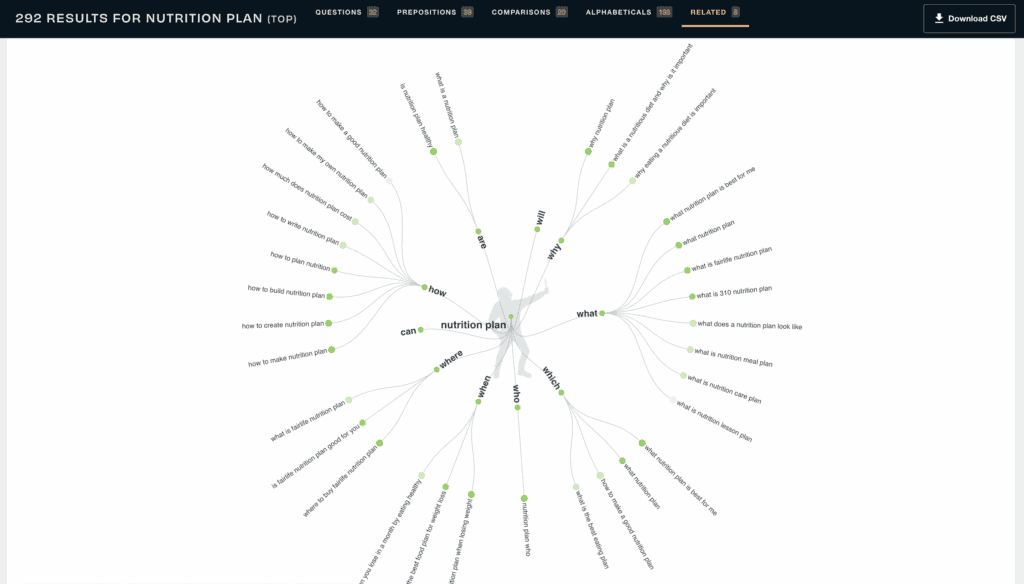
Answer the public is one free tool that helps discover hundreds of keyword ideas around a pillar keyword.
The keywords suggested by this tool will have 0-100 search volumes while you check in keyword research tools like SEmrush, Google keyword planner, and Ahrefs.
Still, these are gold mines in attracting a ton of organic traffic and creating topical authority to your website.
You can type the seed or pillar keyword and enter get questions.
You will be provided with multiple questions under the sections, what, when, how, who, can, where, are, well, why, best, etc.
You will be allowed to sort the keywords and download them as CSV files.
People Also Ask For:
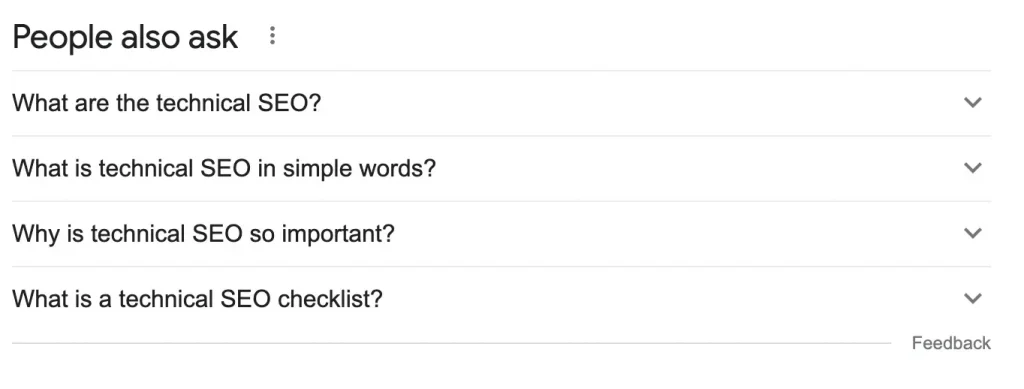
We noticed that many SEO experts use these questions people also ask in the web page’s FAQ (frequently asked questions) section.
Besides that, these keywords are the potential for ranking and search volume.
Once you click a question, you will get the answer with the link to the web pages, and the more relevant question gets added to the people also ask list.
You discover many relevant long-tail keywords by entering each question.
This helps in creating more content that ranks efficiently to drive traffic.
Google Related Searches
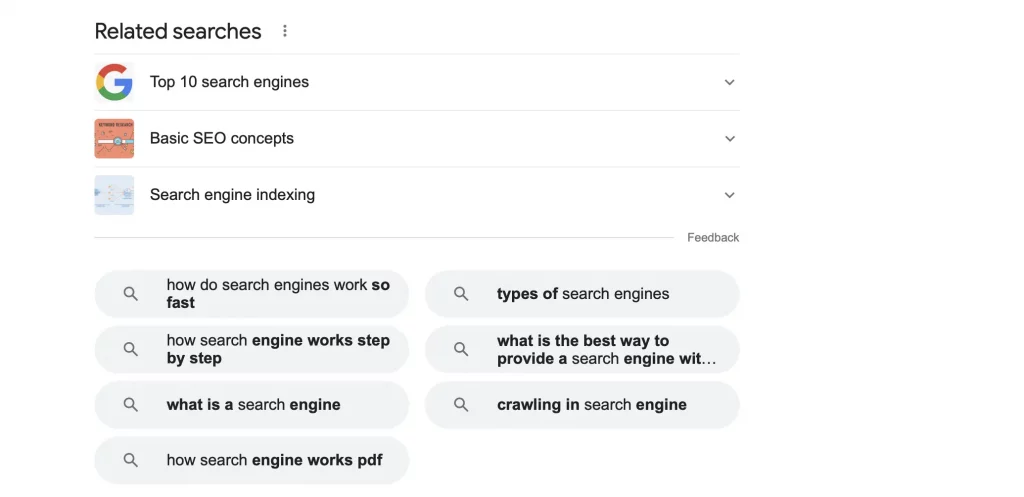
Another place to discover long tail keywords is the bottom of Google’s SERP (Search Engine Result Page), i.e., related searches.
This provides you with various ideas on intent keywords, where you can write content or create H2 (sub headers) in existing content.
These keyword ideas keep changing at the bottom of every page, so you get a couple of ideas to optimize your website.
Niche Forums
There are multiple forums on the internet. Many questions and search terms are discussed in this forum. These questions could be another potential long-tail keyword with low competition.
Then why are you waiting? Get all the forum websites of your niche.
“SEO”+”Forum” in the search bar of Google lead to SERP with many SEO forum websites.
Similarly, you can replace “SEO” with your niche.

Once you enter the forum websites, you can get many questions with answers. If you have an expert opinion on those questions, you can use those questions as keywords and provide the solution as content.
Here you can find the questions from Moz Forum.
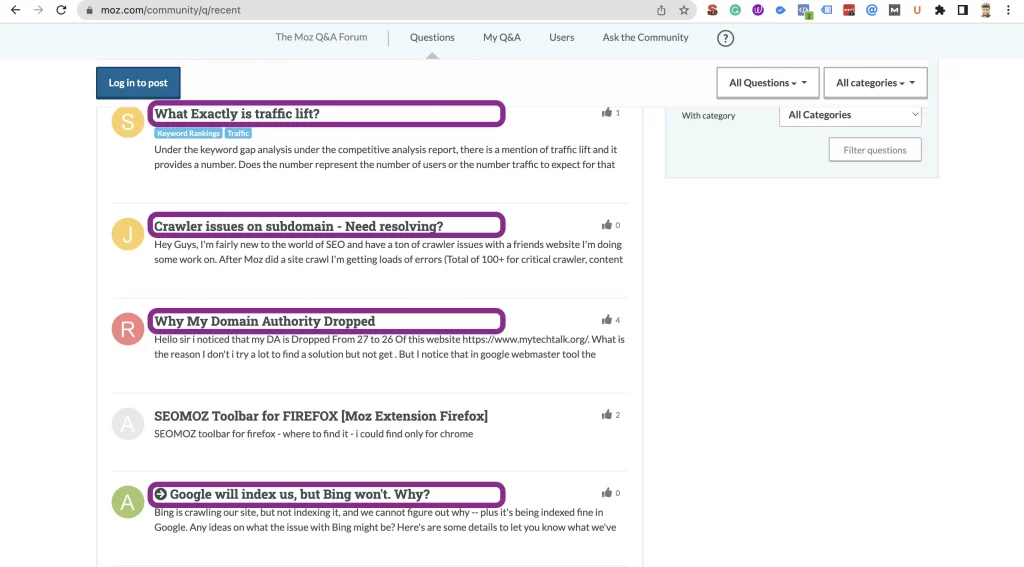
Google Autocomplete:
Google Autosuggestion or autocomplete are suggestions provided by Google when a searcher types a search term. This is another important way of identifying long tail keywords.
Here are a few ways you can get ideas from Google Autocomplete.
1. Space after the search term
Like the above image, when the search terms are placed with a space, there is a drop-down of keyword ideas.
You can choose the cluster that could be your next topic for valuable content creation.
2. Search Term Followed by Space and a Letter:
Look at the above image; When the letter “r” is typed, post the search terms, and you get all the keyword ideas with search term technical SEO and semantics holding all possible words starting with “r.”
3. Space before Search Terms:
Like the above image, when a space is placed before the search terms, there is a drop-down of keyword ideas.
You can choose the cluster that could be your next topic for valuable content creation.
Quora & other QA websites:
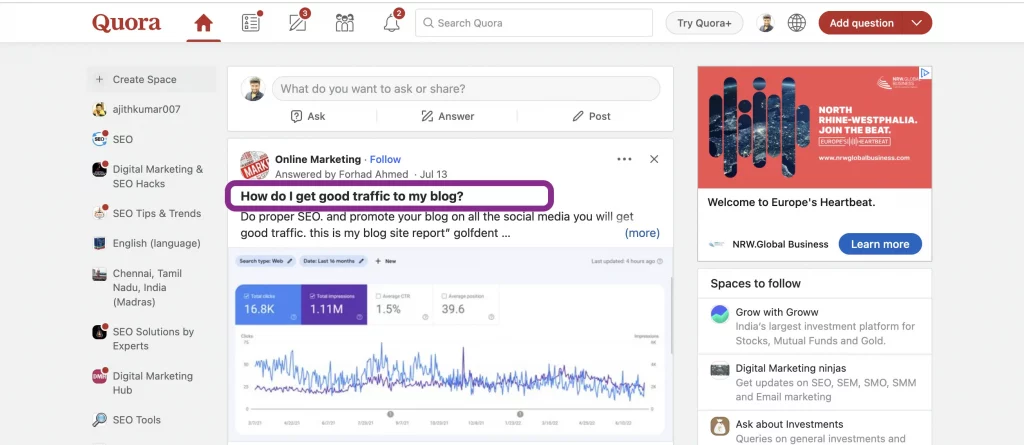
Quora is one of the biggest questions and answering websites, with organic traffic of 169.2 Million per month.
As you see in the above image, there are multiple questions asked and answered by experts.
This could be the need of your audience, and once you provide complete details using your web pages, you can convert those traffics.
There could be few keywords with high search volume and low competition (generally long tail keywords).
To do so, enter the specific keywords from where you need more keyword ideas.
Keywordtool io
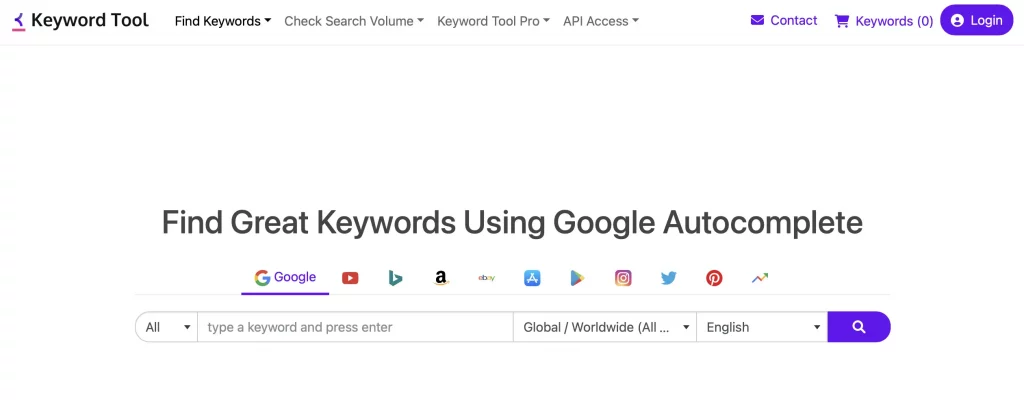
The keywordtool is one of the free tools to generate long tail keywords. If you’re unsure of picking the right keywords from Google Autocomplete, you can use this tool.
This extract and visualize the data from Google Autosuggetions and Related searches. So, it seems like generating more cluster keywords relevant to the seed keyword.
Keyword Ideas from Google Search Console:
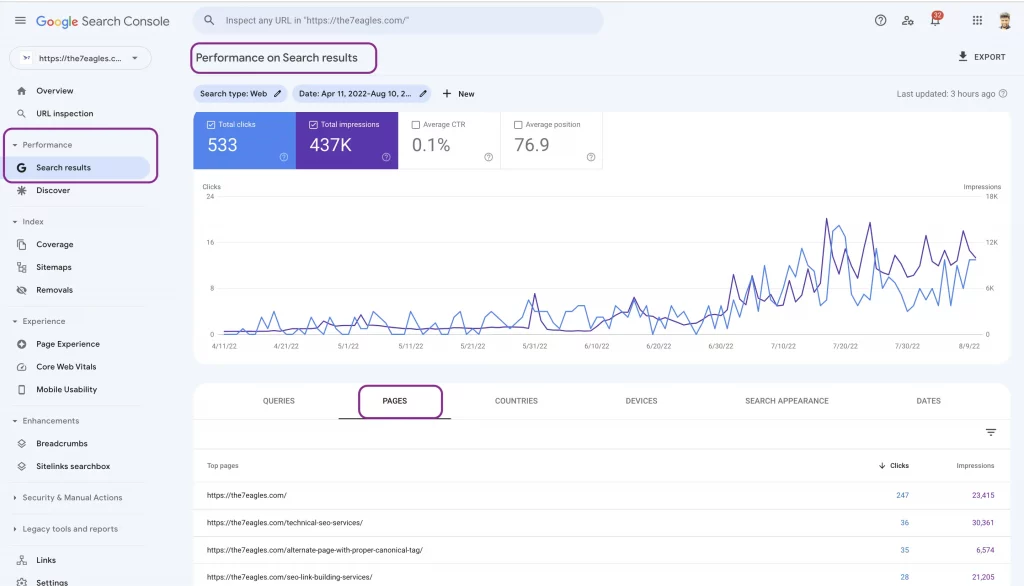
How many of you know Google search tool is one of the best gift to SEO industry. Apart from Technical SEO errors and issues, it also provide the complete data on user behaviour like search terms (page wise), country, devices details.
To discover new keywords, you should Go to page section, and select a page from where you can discover various keywords.
Once you select the page, go to queries section, you will be provided up to 1000 keywords
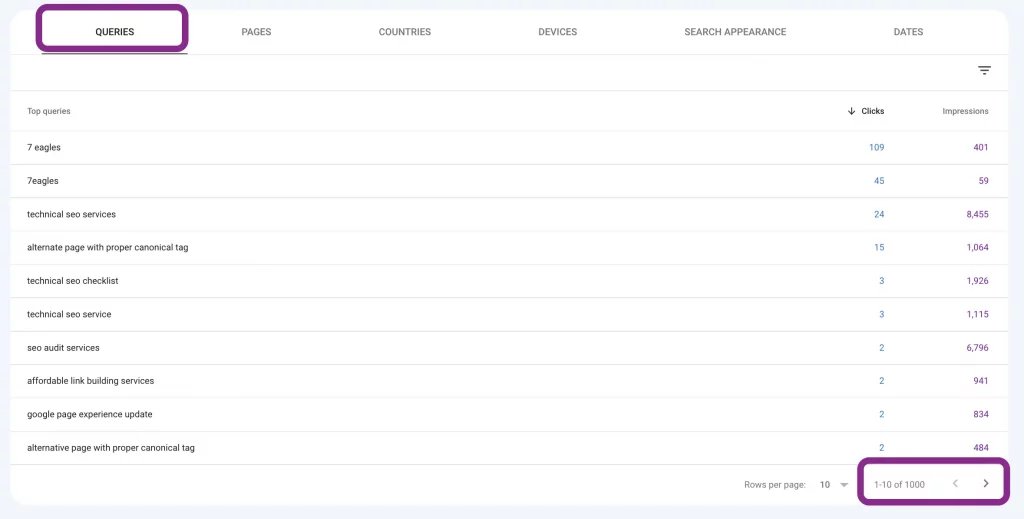
You should download the files in Google Sheet, excel, or CSV files. Once you open the sheet, choose the long tail keywords that could be cluster topics for this pillar topic.
Post that, use Google keyword planner or SEMrush to check the search volume and keyword difficulty.
Conclusion:
- Long tail keywords contain more than 4 search phrases and low search volume compared to their related keywords.
- They are generally low competitive except in a few conditions.
- You need a dedicated keyword research team to find these hidden keywords to dominate organic visibility.


